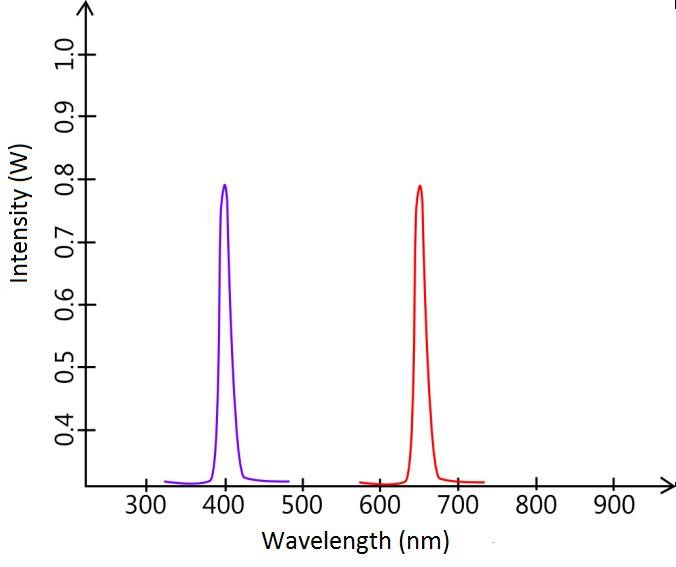Fiat Lux – Let there be Light!
2015: The International Year of Light and Light-Based Technologies.
Posted on October 19, 2015
2015: The International Year of Light and Light-Based Technologies was decreed at the 68th General Assembly of the United Nations to highlight the omnipresence of technologies based on light, technologies supporting sustainable development and technologies which reduce energy costs. Innovations based on these technologies are ubiquitous and can be very sophisticated due to the complexity of the physical principles behind them.
Light is the general term used to describe electromagnetic radiation which propagates at a speed close to 300,000,000 m/s. Since the human eye only sees light in the visible spectrum, visible light is associated with the perception of colours. Nevertheless, the term “electromagnetic radiation” is actually more general and includes X-rays, micro-waves, radio-waves, gamma rays, etc.
In more scientific jargon, light can be quantified by its wavelength (if the source is monochromatic) or a range of emitted wavelengths (for white polychromatic light) and this leads us to one of our first questions:
What is a Monochromatic Light Source?
To answer this question, we must first consider the concept of electromagnetic radiation. An electromagnetic wave is a wave whose electric and magnetic components oscillate in space at a particular frequency and also exhibits particle properties, a phenomenon referred to as “wave-particle duality”. According to this principle, light is composed of photons, or quanta (packets), of energy which propagate in the direction of the wave. Although this concept is somewhat abstract, we will return to it when we discuss the more advanced aspects of this topic.
The frequency of a wave partially dictates its energy. The higher the frequency, the more energy and, in manner, the more harmful it can be to human beings. This frequency is expressed in Hertz (Hz), a unit signifying the number of oscillations which the wave undergoes every second. In optics one speaks of its wavelength λ and the units are generally given in nanometres (1 nanometre = 1x10-9 m). The wavelength is inversely proportional to the frequency of the wave as expressed in the equation 1 shown below:

where “c” is the speed of light (˜3x108m/s) and “f” is the frequency of the wave.
A source of illumination is called “monochromatic” if it contains a single wavelength or, more precisely, a narrow band of wavelengths since perfect monochromatic sources do not exist in reality. The most well-known example is a laser source (Light Amplification by Stimulated Emission of Radiation). A red laser emits a very narrow beam at a wavelength of approximately 650 nm (650x10-9m), which corresponds to a frequency of approximately 4.61x1014 Hz, which is a few hundred terahertz! The typical emission spectrum of a red laser resembles that shown in Figure 1. For comparison purposes, the emission profile of a UV laser centered at 400 nm is also shown.

Due to the wave characteristics as expressed in Equation 1, above, a photon coming from a red laser has much less energy than one coming from a UV laser (one of the reasons it is important to protect one’s skin against UV radiation during hot, sunny, summer days). As a result, in order to produce a given output power, a red laser must produce more photons than a UV laser. As an example, 1 watt of power (1 joule/second) emitted by a red laser (650 nm wavelength) requires 3.32x1018 photons while 1W of UV light, at a wavelength of 400 nm, can be produced with as few as 2.01x1018 photons. Monochromatic light sources are very useful for vision because the precise spectral range of the emitted light as well as the reflected light is well-defined. Nevertheless, in some cases, it is more useful to work with white light which emits waves at several frequencies simultaneously and covers a larger range of the electromagnetic spectrum.
Next month we will be focussing on the concept of polychromatic light and the calibration principles for white light.


